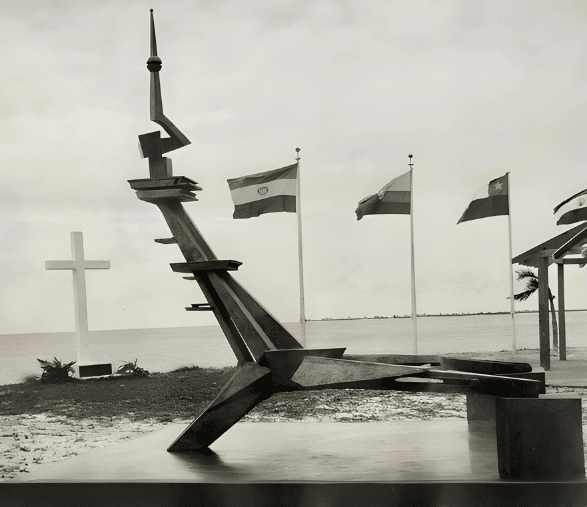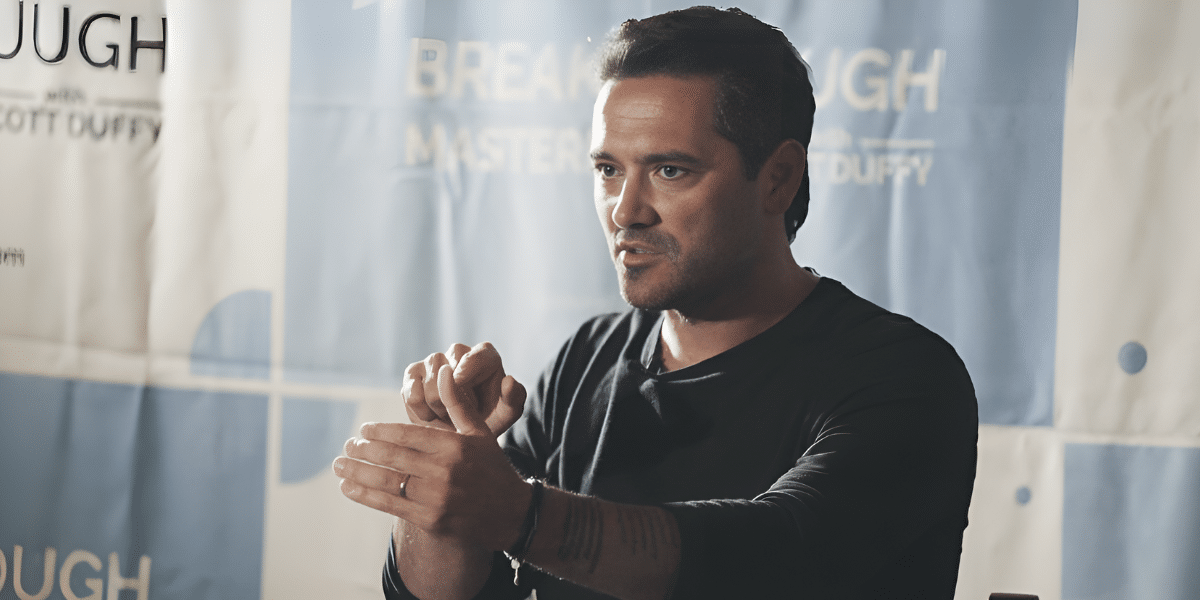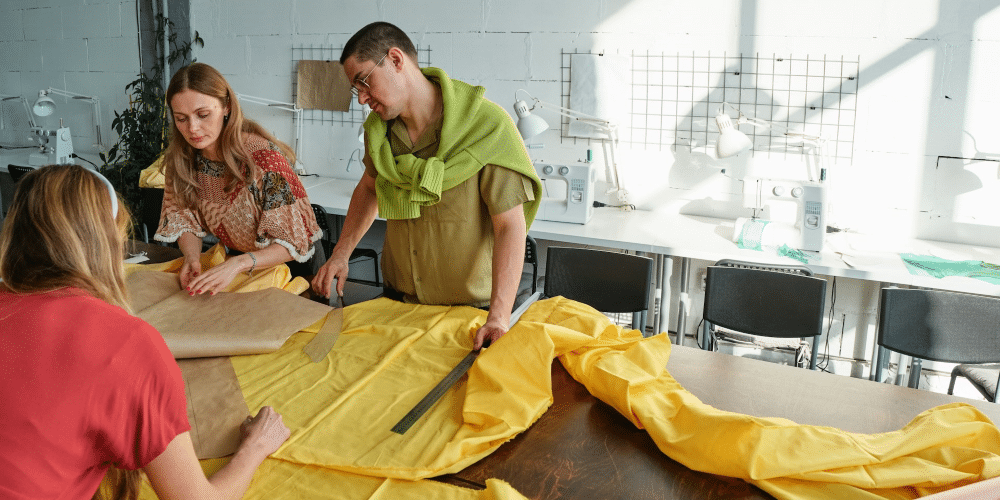“Examples of John V. House’s large-scale sculpture occupy prominent positions in such public buildings as the European Parliament (Luxembourg) and Common Market Headquarters (Brussels); they can also be seen in corporate and religious institutions on four continents. Whether conceived for an outdoor or indoor space, House’s work complements its architectural setting in both form and feeling. His concepts, usually rich in symbolism, emerge from the meanings and history of the site for which he is designing. House’s intuitively derived forms are invested with a feeling of movement and tension without betraying a sense of architectonic poise. Unlike much of the work being done today for public spaces, it is richly layered in form and meaning; it is never boring.”
Andrea Oppenheimer Dean
John Vassar House, hereinafter referred to as “JVH”, has always aimed at large size sculptures. In fact, all his three-dimensional sketches reflect size and proportions beyond human size. Understandably, outdoor sculpture needs to be large to be appreciated, and this is the characteristic of his outdoor sculptures. To such scope, JVH created perfect small-scale models in bronze that could be easily enlarged without any need to alter the proportions and form.
John Vassar House is an exceptional example of outdoor art that stands out within this distinguished legacy. House, who was born on February 19, 1926, in Niagara Falls, New York, had a multi-decade career that showcased his versatility and artistic growth through bronze sculptures. What sets him apart, though, is the outdoor sculpture he has created, which adds him to the long line of artists who have sought to improve public spaces through their art.
John Vassar House’s decision to establish his studio in Rome, Italy, in 1957 marked a watershed moment in his career. John Vassar House’s massive bronze and steel works, like Grand Island, New York’s “Table of Elements,” Dallas, Texas’s “Sun Up at Quorum,” and the Bahamas’ “Underwater marker” commemorating the 500th anniversary of Christopher Columbus’s anchorage, exemplify the majesty and ambition often linked with outdoor sculpture.
After 17 years of undergoing the influx of classical philosophy and art in Rome, in 1970, JVH developed the first model for a colossal sculpture proposal for Scorpios island. He cast the model in bronze, made photos and sent his proposal with the following description:
“The Sculptural Lighthouse originated with the idea of designing a structure not only rooted in the two elements of land (earth) and sea (water) but also really reaching into the sky (air) as well. To justify such a concept, suggestively gigantic, it seemed prudent that it has a utility in addition, hence the beacon.
An instantaneous association with the ancients’ lighthouse at Alexandria and the colossus of Rhodes was inescapable and it became apparent with the very first sketch that this was to be the 20th century Mediterranean colossus – where else but for the island of Scorpios?
Much later, after translating the sketch into a first bronze model, I realized that there existed potential for making the idea a doubly utilitarian project: not only a lighthouse but also a unique setting – an aerie- from which to live the vast world of sea and sky in a private way. In effect, then, this man-made structure, in itself a counterpoint to nature, would serve to project man more deeply into nature.
Whether placed as the famous colossus of old, with a leg planted on each side of a harbor entrance, whether bridging to the shore with only one of its legs, or whether existing independently as an off-shore rig, this sculpture, extravagantly endowed with various supplemental niceties, has been designed with the aim of being useful, to be used, and to be enjoyed.”
JVH was aware of the change in scale from large-size outdoor sculpture to a colossal and high structure like a lighthouse, but was not concerned. JVH was fascinated by the simultaneously extension and connection between the 3 of the 4 classical elements (earth, water and air) through a structural triangle. Within four years he designed and cast other two different bronze model lighthouses.
In 1972, he designed a lighthouse with a similar standing as Scorpio to complement the underwater marker he was building for the 500th anniversary of Columbus’s anchorage in the Bahamas. The title of this lighthouse was “Peace Light” and was planned to be 170 meters (558 feet) high.
The complete project also included an underwater shrine for divers. A two (2) meter high replica model was commissioned and installed in San Salvador island, Bahamas, to raise funds.

Photo Courtesy: PR Fueled (1972 Peace Light replica model, rendering and section through water)
In 1974, JVH built and cast another bronze lighthouse model named the “West Coast Tower.” For this third lighthouse, he also commissioned preliminary architectural drawings. This tower maintains the simultaneous extension and connection between the 3 of the four classical elements earth, water and air. The three static resting pronged legs of “Scorpio” and “Peace Light” are now replaced by a number of curved interconnecting structural passageways, creating a bonding and moving effect of earth, water and air. Also, this tower was planned to be about 170 meters (558 feet) high.
Of the three lighthouse projects, only the two (2) meter high replica model of the “Peace Light” was commissioned and installed by the Government of the Bahamas.
The three lighthouse project models being, “Scorpio”, “Peace Light” and “West Coast Tower” were inevitably meant to remain models never to be enlarged. The esthetic beauty of the lighthouses remains a dream for JVH and for the people that appreciate sculpture. Each model leaves a story and message in terms of symbolism and form.
Building such lighthouse structures in any of the three locations would have left a terrible impact on the coast’s shoreline. Therefore, these model projects are a design test rather than a feasibility study. As many other artists in the history of art, JVH had some dream projects that were meant to remain bronze models.
In 1974, the same year the “West Coast Tower” was being cast, JVH prepared a model for his last colossal sculpture, i.e. the “Polestar Fountain and Amphitheatre”. The sculpture was intended to rest in a pool and provide astronomical readings. The planned height was 150 meters (492 feet) high.
Published by: Nelly Chavez






